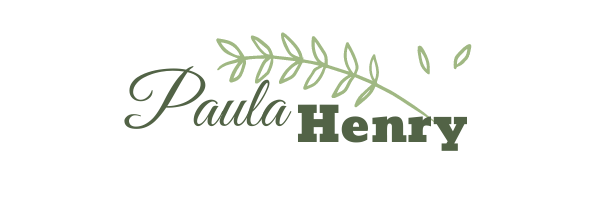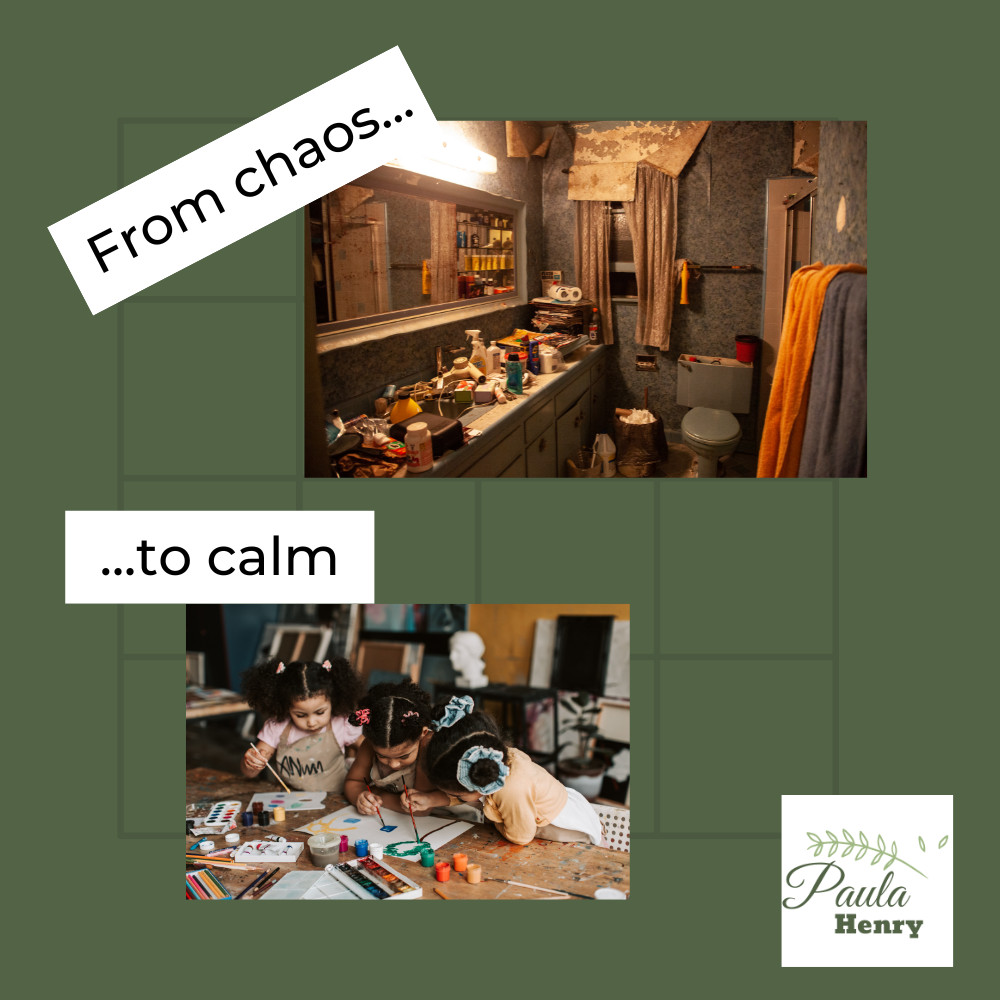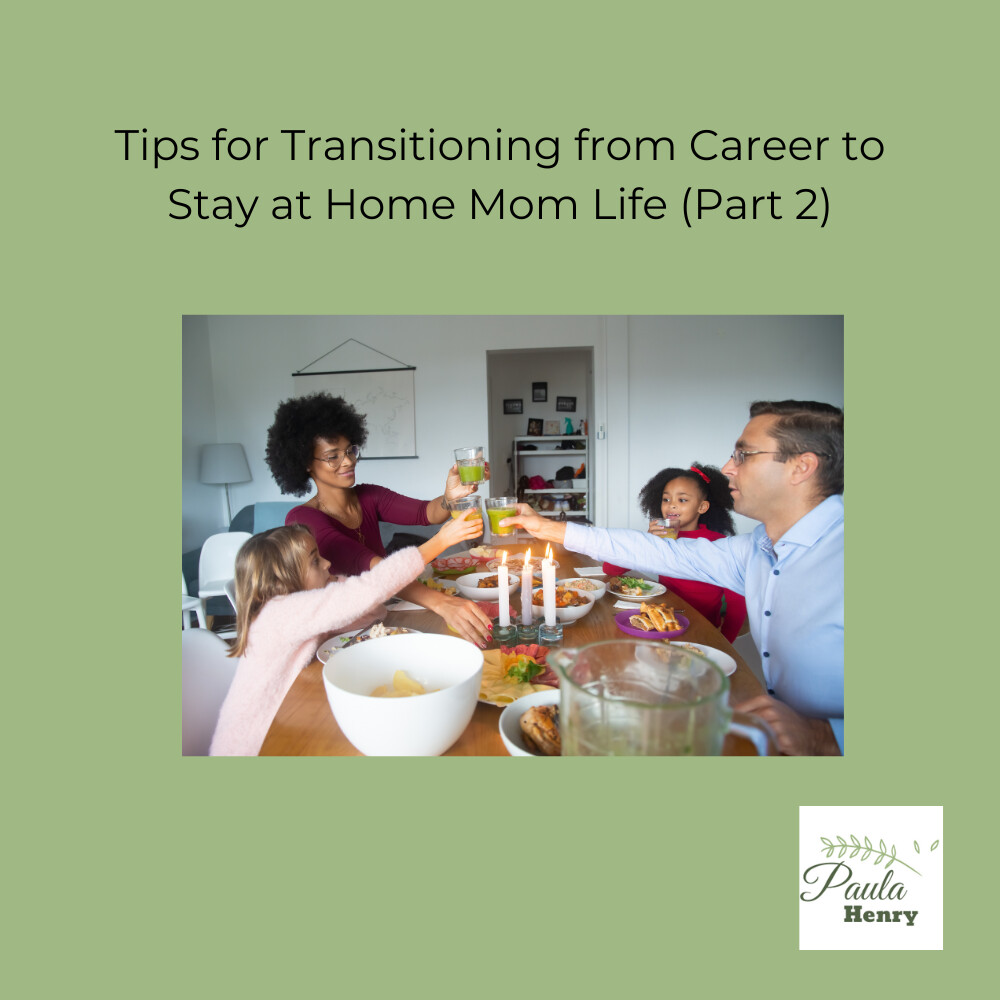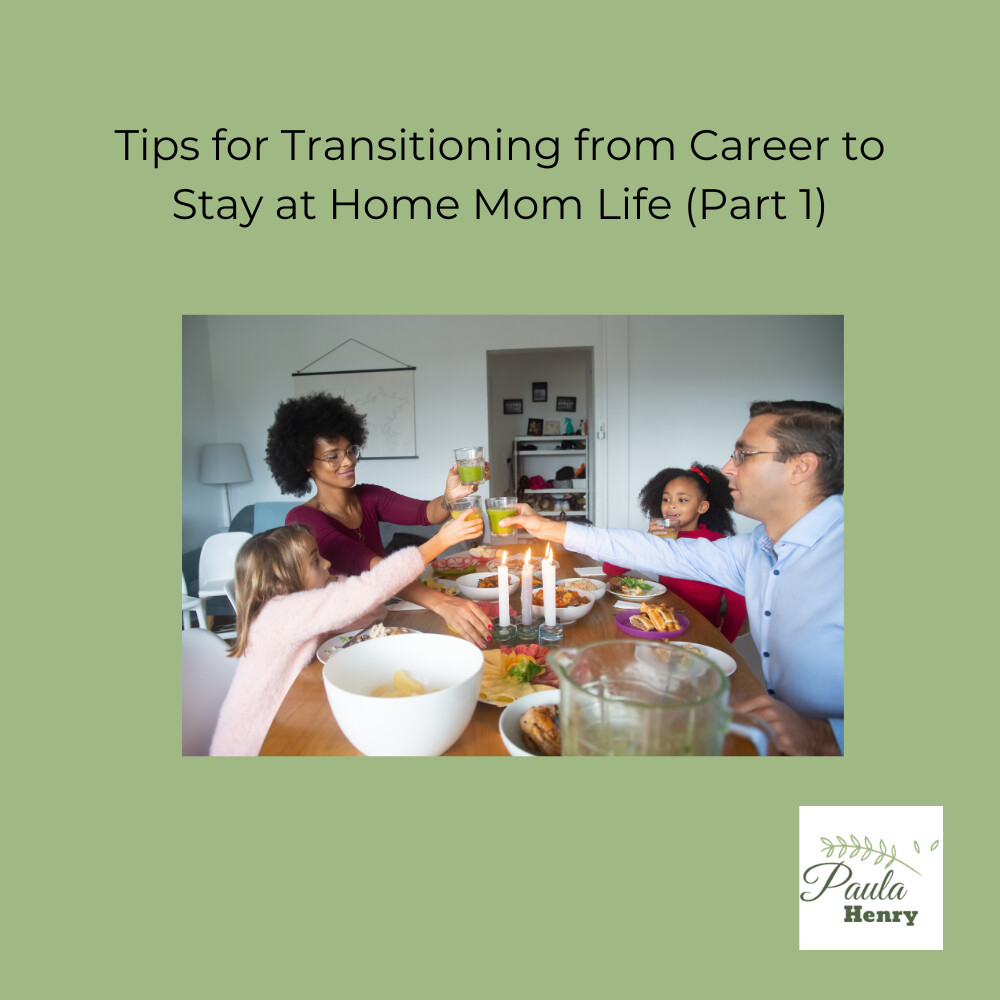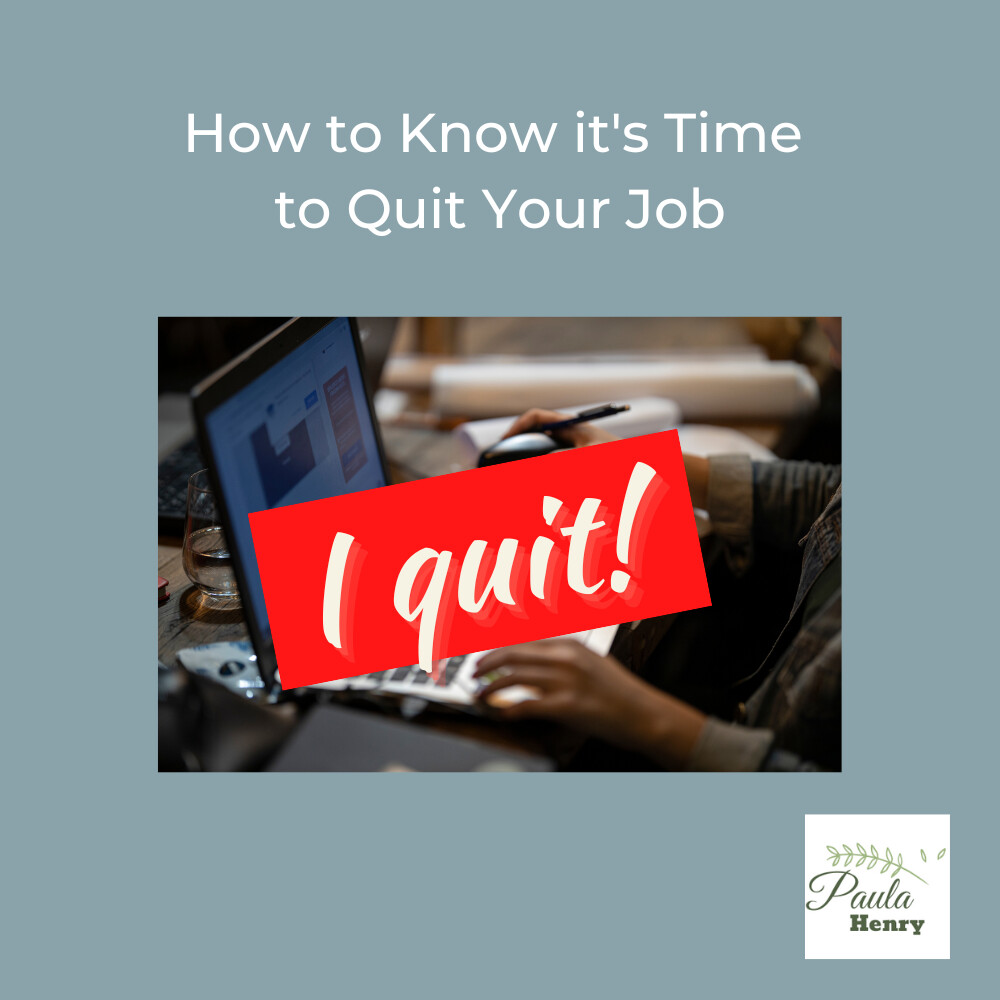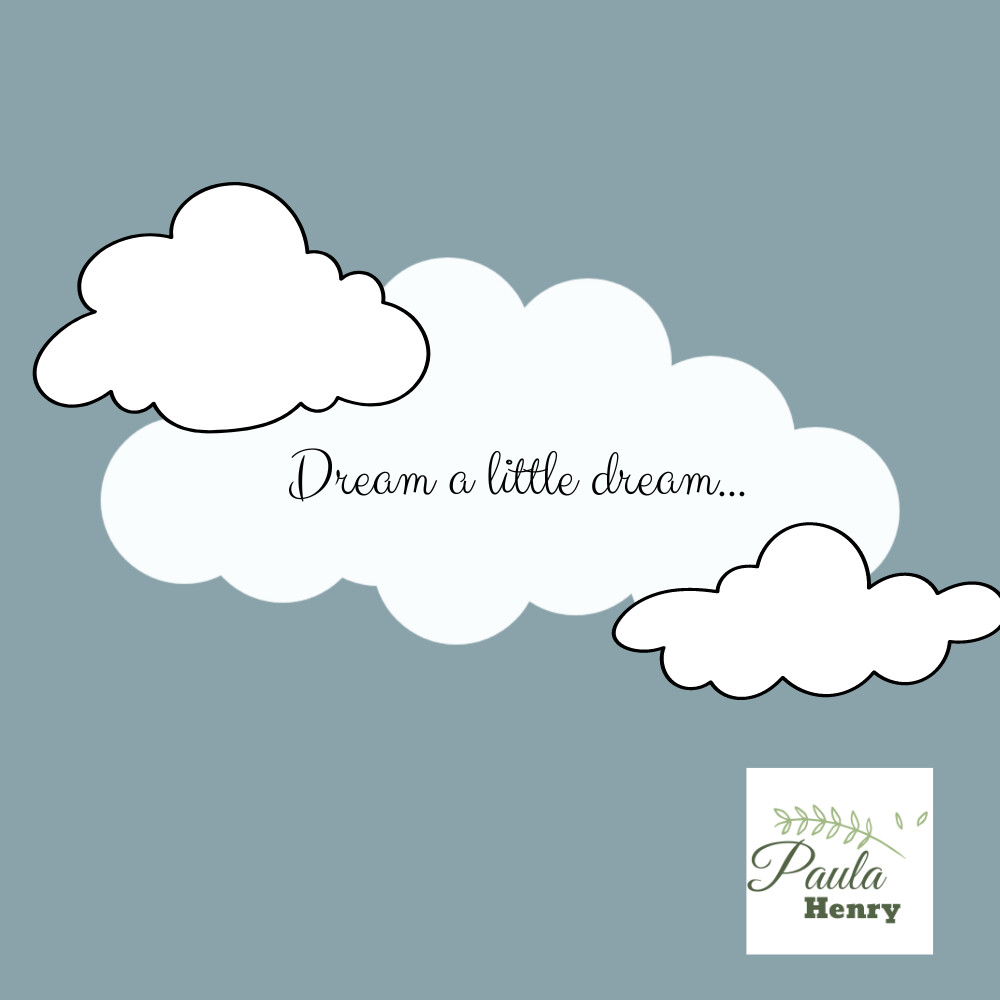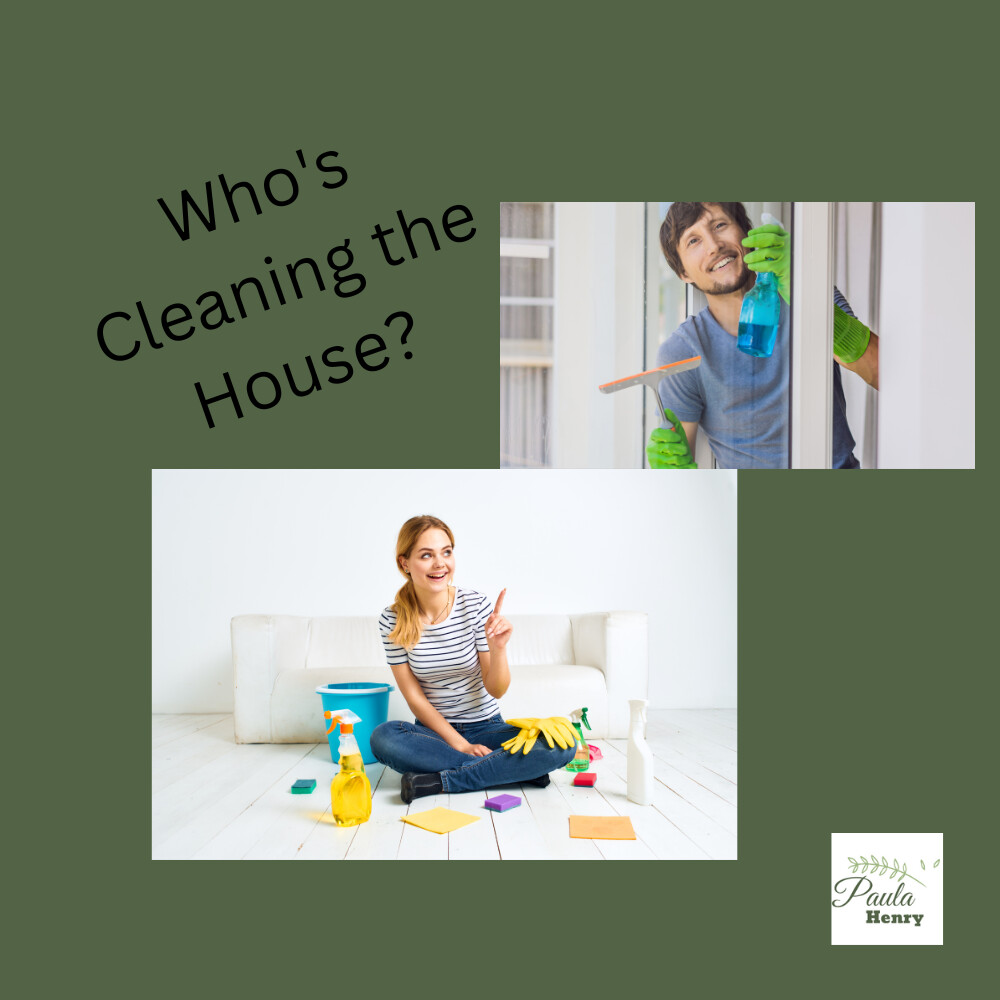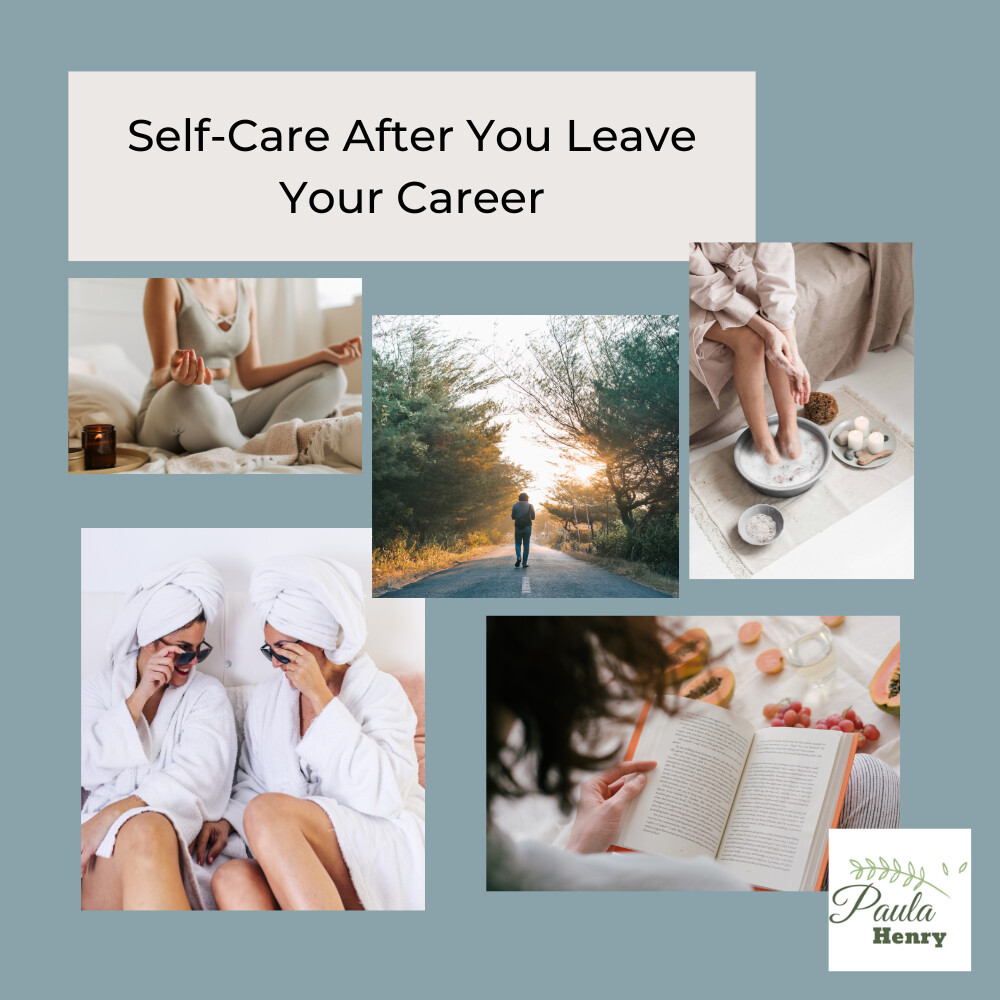
Once you've made the big leap to leave your career and stay at home with your kids, it's time to determine how you'll spend your time.
1. Prioritize self-care: When you're caring for young children full-time, it's easy to put your own needs last. However, it's essential to prioritize self-care and make time for yourself. This can include simple things like taking a hot bath, going for a walk, or reading a book. Make sure to schedule time for self-care regularly to help you recharge and stay refreshed.
Self-care is a personal and individualized concept, and what works for one woman may not work for another. Some women may find that self-care involves taking time to exercise, meditate, or do yoga, while others may prefer reading a book, taking a long bath, or going for a walk in nature. The important thing is to identify the activities that make you feel relaxed, refreshed, and happy, and to make time for those activities regularly. It's also worth noting that self-care isn't a luxury, but a necessity for overall wellbeing, so finding time for self-care should be a priority for all women, especially those who are caring for young children or taking on other caregiving roles.
2. Stay connected with your professional network: It's important to stay connected with your professional network, even if you're not currently working. Reach out to former colleagues or industry contacts to keep up with the latest developments in your field. Attend virtual conferences or webinars to stay up-to-date on industry trends and network with other professionals.
Staying connected with your professional network is important, but the way you do it will depend on your individual circumstances and preferences. For some women, this might involve attending virtual networking events, reaching out to former colleagues, or staying active on social media platforms like LinkedIn. For others, it might involve joining online discussion forums or participating in industry-related groups on social media. It's important to find the methods that work best for you and to be consistent in your efforts to stay connected with your professional network. Regular communication can help you stay informed about the latest developments in your field, and can also help you build relationships with other professionals that may be valuable in the future.
3. Find ways to use your skills: Just because you're not working in your field doesn't mean you can't use your skills. Look for opportunities to volunteer or take on freelance projects that align with your interests and expertise. This can help you stay engaged and build your portfolio, which can be helpful if you decide to re-enter the workforce in the future.
Even if you're not currently working in your field, you can still find ways to use the skills and expertise you've developed over the course of your career. This can help you maintain a sense of purpose and engagement, and may even lead to new opportunities in the future.
There are a variety of ways to use your skills outside of a traditional work environment. For example, you might consider volunteering with a local organization or non-profit that aligns with your interests or values. You could also look for freelance or consulting projects in your field, or offer your services as a mentor or coach to others in your industry. Additionally, you might consider starting a side hustle or small business that leverages your skills and expertise.
If you're looking for support in this season of your life, jump into my group here.

I have been fascinated by bees and honey for years. When I lived in Tennessee, I met a man who was from Poland. He told me that my maiden name meant shepherd or beekeeper. I took that as a sign to someday pursue working with bees.
I had the opportunity to attend a one-day workshop on beekeeping a couple of weeks ago and I was fascinated from beginning to end. At the end, I wanted more, so I asked where I could learn more and the presenters pointed me to their website and their 6 week class beginning in February. I’m already registered.
One of the things I learned at the workshop was that honey is one of the most adulterated foods on the market. The majority of honey on the market is not actually honey. I was puzzled by this statement. I had a vague recollection about hearing that commercial honey manufacturers were stripping pollen from honey and thought that was what they were talking about, but no. What they were referring to is that much of the honey available for purchase in retail stores, you know, that substance contained in those cute little bear-shaped bottles, is not 100% honey. It is often colored corn syrup. I was stunned.
I went home and started doing some reading. Sure enough, the recollection I had about the removal of pollen was an odd article that caught the headlines but was essentially meaningless. It had to do with honey with and without pollen and whether one was better than the other (http://www.lb7.uscourts.gov/documents/12-CV-7584.pdf). So, first up, I leaned that bees make honey from the nectar they gather from flowers, not from the pollen, so whether or not honey contains pollen, it is still honey. Good to know.
Next, I looked into the “fake honey” statement. Sure enough, there are lots of articles out there talking about how the honey you buy at the grocery store may not actually be honey. Honey is in the list of top 10 foods that are adulterated on a regular basis. Honey collection requires manual labor. In order to increase profits, manufacturers will add corn, rice or sugar cane syrup to honey to stretch it. Estimates vary but range from 1/3 to 3/4 of all honey purchased in grocery stores is adulterated. Of course, this both surprised me and disappointed me.
As many know, pure honey has lots of health benefits that are clearly not present in corn syrup. So, it’s important to get the real stuff. Although there are several articles that explain in great detail how to test your honey to make sure it’s the real deal, I would simply recommend that you buy honey locally. Do a search of your area to find local beekeepers and buy directly from them. You’ll be supporting a local business and keeping bees flying which helps with our food chain by pollinating crops. Perhaps one day, one of those local beekeepers will be me.
Interested in learning more about earth-friendly options? Join my free group here.
Get my free guide: 4 Ways Being Earth-Friendly Can Change Your Life for the Better HERE.
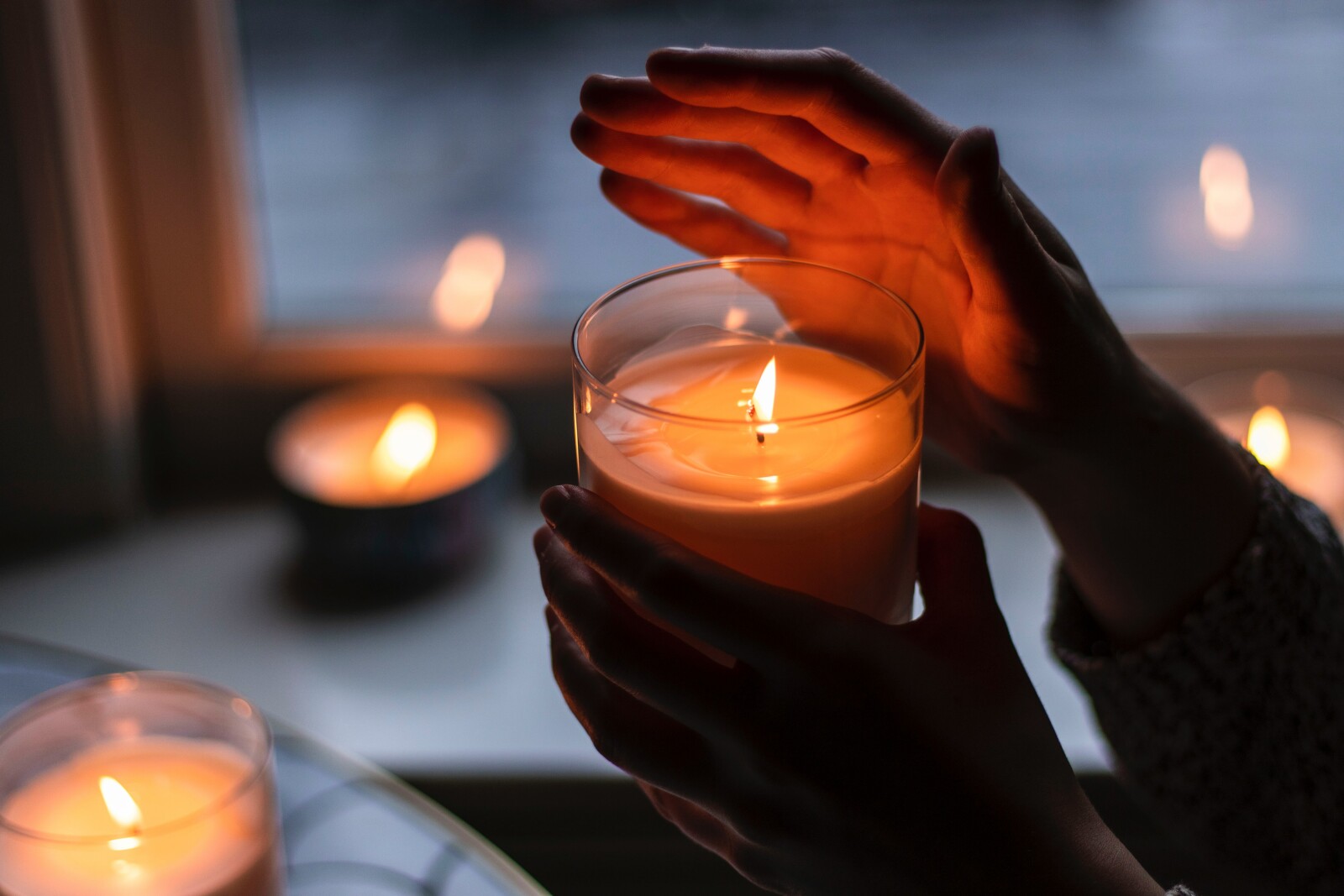
I used to love candles, particularly in the fall. I don’t know what it was, but something about the cooler temperatures made me want to set one out on the kitchen counter and light it up.
Friends, I no longer use scented candles, and I’m about to tell you why.
Read more...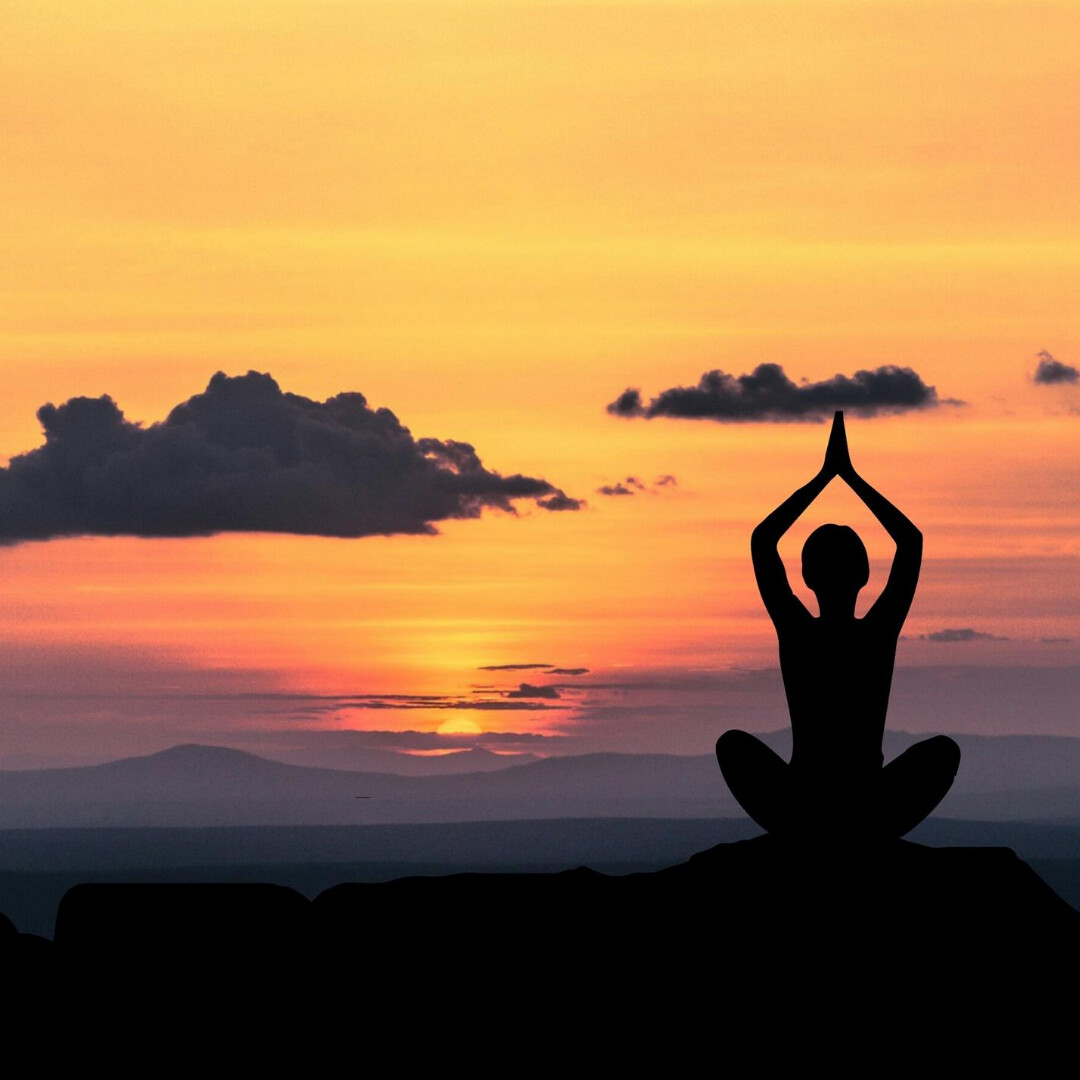
I’ve been taking yoga for 2 years now. If you’ve never taken yoga before, I highly recommend that you give it a try. You don’t have to be the thinnest, most fit, most flexible person to do it. Everyone is capable of practicing yoga, and every pose can be adapted to meet your body’s needs.
I’ve learned a lot in the past 2 years and continue to learn even more. This past week, my yoga teacher talked about the connections between yoga and nature. Between the names of the poses as well as the natural stretching of our bodies, the connection is subtle, but it’s there.
Here are a few things that yoga has taught me.
1. Breathe
This was my first lesson. You don’t realize at first that when you concentrate on holding a pose, you often hold your breath. My yoga instructor often tells us, “Enjoy your breath.” And that’s when it hits me. Oh, yeah, I’m holding my breath.
Learning not to hold our breath in yoga helps us learn to not hold our breath in life. When you’re stressed, tired, anxious or nervous, that’s a good time to focus on your breathing.
2. Honor Your Body
From day to day, our bodies change. One day, we can be stiff from working in our yard the previous day and the next day we can be well rested. One of the mantras of yoga is, “Honor your body.” Yoga is not supposed to hurt, so if you’re doing something that’s hurting, you should stop. Honor your body.
We only have one body, so we need to take good care of it. From what we put into our bodies to what we apply onto our bodies, it needs to be good for us. Our bodies need exercise and rest in order to function well.
Aging is no joke, and I’m not the athletic person I was in my youth. I need to honor my body by not pushing myself to do something my body is no longer able to do.
3. Live in the Moment
It is important to focus on what you are doing at the time and leave the distractions for another time. Easier said than done, right? Practicing yoga is a good way to force you to live in the moment. In a yoga classroom, all phones are off and it’s you, the mat and others in the room. These days, I practice yoga at home with a live feed from a yoga studio. It’s challenging, but I do my best to focus on yoga and not the clothes that need to be folded and put away or the dusty furniture that needs to be cleaned. The mental effort it takes to live in the moment during yoga has its rewards and makes me want to live in the moment in everything happening in my life.
4. Everyone’s Body is Different
Not flexible? Me either, but that will come in time as you continue to practice. Don’t let your body condition interfere with your ability to do something for yourself.
Can’t run like you used to? That doesn’t mean you can’t move. Walk instead. You’re still moving and using your muscles. Do what works for your body.
5. Balance Takes Practice
Our ability to balance drops off with age. As I age, I want to maintain an active lifestyle as long as I can. That means, I need to be deliberate in maintaining fitness and balance throughout my life. It will no longer come naturally. I will have to work at it.
Balance is important in all things, not just our physical sense. Do you work toward having a healthy work-life balance? Holding a balance yoga pose is a great reminder to work on balance in all aspects of our lives.
Whether you’ve been practicing yoga for years or have yet to take a class, I highly recommend it. You’ll gain in all aspects of your life.
Interested in learning more about earth-friendly options? Join my free group here.
Get my free guide: 4 Ways Being Earth-Friendly Can Change Your Life for the Better HERE.
*As an Amazon Associate I earn from qualifying purchases.
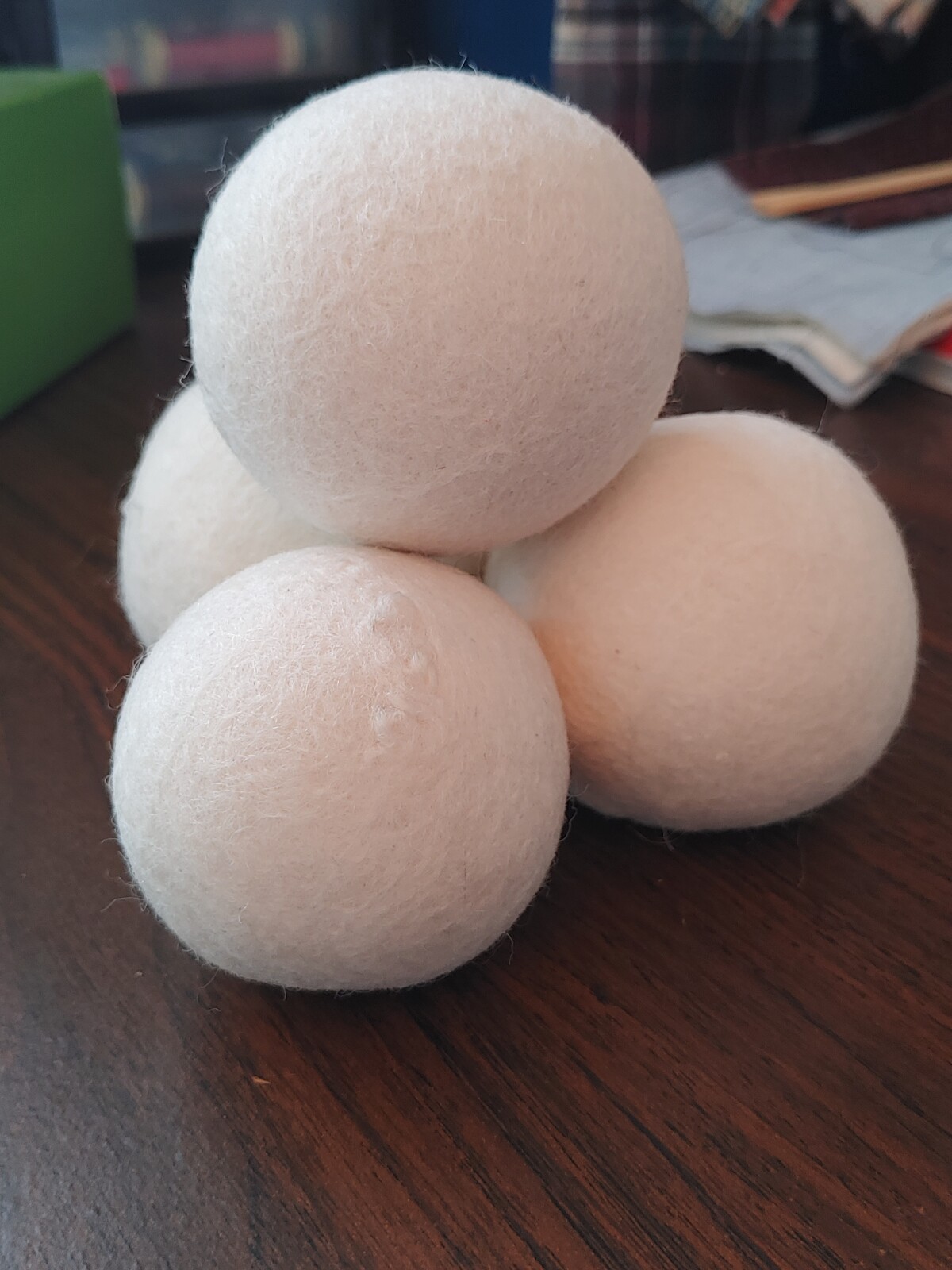
Dryer sheets might not be the healthiest or most earth-friendly product for any of us to be using. I grew up using them, so I get it. It was something I was taught to do. It was part of the household laundry routine. I knew they would help with static and make my clothes smell good, so I continued using them even once I left home. But along my journey for living a more natural and earth-friendly life, I found them both wasteful and potentially harmful for me and my family. So, let’s take a look at what these are made of and find a solution to replace them.
First of all, from an environmental perspective, these are single-use, disposable products made from synthetic materials (i.e., plastic). I have heard there are some that are made from a recyclable material, but let’s hold that thought.
Second of all, from a non-toxic perspective, these just don’t make the grade. They work by transferring their coating onto your clothes to make the clothes feel soft. You probably know the difference in the feel between a new dryer sheet and a used one. That stickiness on the new one is the coating that’s going to be transferred to your clothes. Added to it is a synthetic blend of chemicals to create a certain scent (fragrance). Fragrance is a catch all term used by manufacturers to label any chemical added to their product that smells. A company is not required to disclose the chemicals used in their product because their fragrance recipe is considered a trade secret.
Try looking on your box of dryer sheets to see what the ingredients are. I did. They’re not listed. Why? Because companies don’t have to list them.
So, here’s what we know for sure: the product is made of a synthetic material with added fragrance. Those two points alone are enough for me to give them a pass.
What can you do instead? Purchase yourself a set of wool dryer balls. They’re available all over the place. A set of 4 will serve you well for at least a year (or a lot more) and only cost you less than $10. I use 2 per load, so that gives you a couple to spare in case one gets stuck in the previous load.
There are a few tricks to switching over to them. First off, drop the heat setting on your dryer down a notch. Second, drop down the time on the drying cycle. These two steps in combination will reduce the amount of time your clothes rub together AFTER they are dry which is how some of the static builds up. If you’re looking to add in something to make your clothes softer, adding a bit of white vinegar to the fabric softener compartment of your washer can do the trick.
Missing the scent that you got from the dryer sheets? I got you, friend. You have several options:
- You can add a couple of drops of essential oils onto the dryer balls that will carry you through.
- You can take a damp washcloth, add essential oils, and toss it in the dryer with the clothes.
- You can add essential oils into your detergent in the washer. Yep, it works.
At this point, you’re going to be saving money on purchasing those single-use dryer sheets and perhaps improving your health overall by reducing your exposure to fragrance, which in my mind is a good thing.
Interested in learning more about earth-friendly options? Join my free group here.
Get my free guide: 4 Ways Being Earth-Friendly Can Change Your Life for the Better HERE.
*As an Amazon Associate I earn from qualifying purchases.
